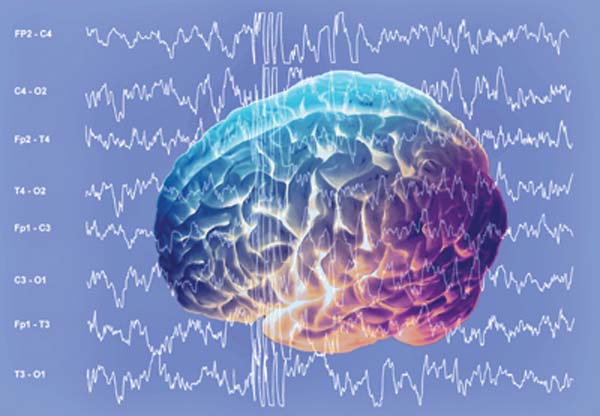When we dig deep in understanding of emotions we see that they are our response to vibrations. As we know, our perception depends on the vibration we receive. So this leads us to the question, what are vibrations?
Vibrations are a phenomenon whereby oscillations occur about an equilibrium point. This means that vibrations are a series of oscillations that occur at some frequency. The next question comes to mind. What are frequencies?
The definition says: “Frequency is the number of occurrences of an event that is repeating per unit time.”
This means that a frequency shows how much oscillations occur in one period of time lets say a second. The vibration is also measured with amplitudes. What are amplitudes?
The maximum extent of an oscillation, measured from the position of the equilibrium is called an amplitude. This shows how strong the oscillation is, therefore how strong the vibration is. The frequency shows how frequent that oscillation occurs. So what are emotions, huh?
Let’s connect all the dots. We are all created by energy. Energy always vibrates, therefore we vibrate. This means that each one of us has its own frequency and amplitude of vibration. Each one of us vibrates with different strength and frequency.
Emotions – Energy In Motion – alter our body and harness the frequency at which we vibrate. Fast vibrations create short-term emotions and more active, conscious reactions, Slow vibrations create long-term emotions and more passive, subconscious reactions.
The involvement and strength of the emotion depends on the amplitude of the vibration. If the difference between the maximum extent of the oscillation and the position of equilibrium is higher, than the emotion is stronger, you are more affected by it.
What creates positive and negative emotions is the balance of the oscillations. Positive emotions come from balanced vibrations. Negative emotions come from imbalanced vibrations. What happens when we feel?
Depending on how something affects us, we create feelings which create their compatible type of vibration. That vibration is the emotion that was created by a feeling coming from a predecessor emotion.
The feeling, the chemical substance is a product of the emotion, the vibration with your mind in the middle. The chemical substance creates an effect on your body producing another generation of vibrations.
Because your mind is the observer and conductor in this process it is responsible if the process will continue unchanged or the type of frequency and chemical substance will change. It needs something to link its order, something that you give meaning to.
The mind usually searches something that is obvious and has evidence of existing so that’s why we usually link how we feel with what we experience in the world we understand.
The easier way to change how you feel is to link your vibrations with the spiritual world, but you have to understand it first. That is the only way you’ll give meaning to something coming from there and without meaning your mind cannot link your feelings, there is no connection.
To link your feelings with the spiritual world is easier because there is no time there and you can choose whatever makes you feel good, from your past, present, future or your imagination.
This way your mind will create feelings based on what you focus, the feelings will create vibrations and they will stimulate your mind to create the feelings again, and so on. This will continue until your mind focuses on something else and the process is changed again.
Your job is to choose what to feel which will help you in perceiving the chances and not the obstacles in achieving your goals. My job was to find the 3 best articles on this topic so here they are, read them, they are nice read:
1. Emotions
2. Frequency
3. Vibration
THE CODE <If you want to find the secrets of the universe, think in terms of energy, frequency and vibration>










